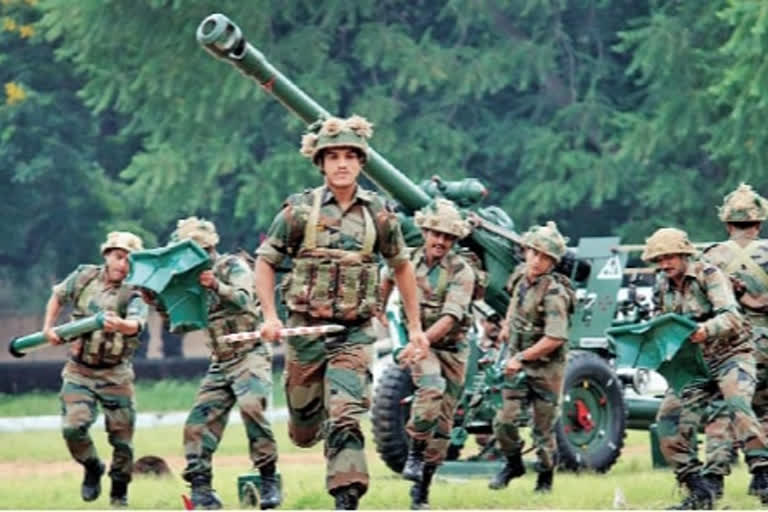Dinjan (Assam)/ Tezu, Kibithu (Arunachal Pradesh): Backed by frenzied infrastructure development including roads and telecom and infusion of hi-tech tools and platforms of war, the Indian Army is looking to organise itself into Integrated Battle Groups (IBG)—something that will drastically transform the way wars are to be fought in the northern areas of Arunachal Pradesh.
IBGs figure at the top of the rack of changes in the Arunachal military theatre and are understood to have incorporated lessons learnt from an unprecedented and novel military exercise called ‘Himvijay’ that took place in October 2019.
Simply explained, IBGs are slightly bigger brigade formations that deploy a mix of infantry, artillery, tanks, air defence, attack helicopters and logistics units. ‘Himvijay’ took place in Arunachal Pradesh’s forbidding heights just before the high passes closed down with heavy snow in late October.
The change is taking place even as the Indian Army is “reorienting” and “rebalancing” its forces and weaning them away from counter-insurgency to enhancing military preparedness levels in Arunachal Pradesh.
M-777-Chinook Combo
A key component of this game-changing effort has been the developed capability to rapidly deploy ultra light M-777 howitzers that can be swiftly inserted by the heavy-lift CH-47 Chinook helicopters in an under-sling to any forward position along the Arunachal frontier with China.
While the Indian Air Force (IAF) operates a fleet of 15 Chinooks, there is a move to acquire 11 more. India has already deployed more than half of the contracted 145 M-777 howitzers. Boeing makes the legendary warhorse Chinook while the M-777 is produced by BAE systems.
The shift will mean discarding the old tactic of leading the war front with Strike Corps with lean, mean, agile and self-contained IBG military units that will defend or foray into enemy territory in surgical style as opposed to the forward movement of the Strike Corps juggernaut.
For that, the IBGs will be equipped with a broad array of equipment including aircraft, artillery, and specialists in place of the traditional forward march of the infantry with the accompanying paraphernalia that takes time to organize and mobilize not to speak of the subsequent transportation—something ideal for the unforgiving terrain in Arunachal Pradesh.
On January 12 this year, in his customary address just before Army Day, the then Army chief General Manoj Mukund Naravane, had said: “For enhanced operational effectiveness, and resultant structural optimisation through creation of IBGs is progressing well. IBG-isation of select formations, along the Western Front and Northern Borders will soon come to fruition.”
A top Army official, while admitting to the ongoing IBG-isation, refused to divulge details as they comprise operational details. “Those matters are in the classified realm,” he told ETV Bharat.
The Topography
Why IBG-isation is of crucial importance in Arunachal Pradesh is because of the fact that the state comprises several very deep river valleys braided in north-south direction flanked by high mountains on either side.
Arunachal has five main river valleys along the Kameng, the Subansiri, Siang, Lohit and Tirap rivers. While Kameng, Subansiri, Siang, and Lohit are snow-fed Himalayan rivers, the Tirap originates in the Patkai hills.
The challenge lay in linking up forces all along the frontier. Exercise ‘Himvijay’ experimented on developing the connectivity. The IBG effort is being complemented by rapid infrastructure development in the forward areas by road construction, bridges, tunnels, helipads, laying out Optical Fibre Cable networks, etc. besides developing villages under the Vibrant Village Programme (VVP).
The ISR (Intelligence, Surveillance, Reconnaissance) effort is being buttressed by installing and deploying tech surveillance equipment, radars, deployment of UAVs and ‘eye in the sky’ satellites even as high-end weapon systems, precision guided ammunition, all-terrain vehicles are being deployed.



